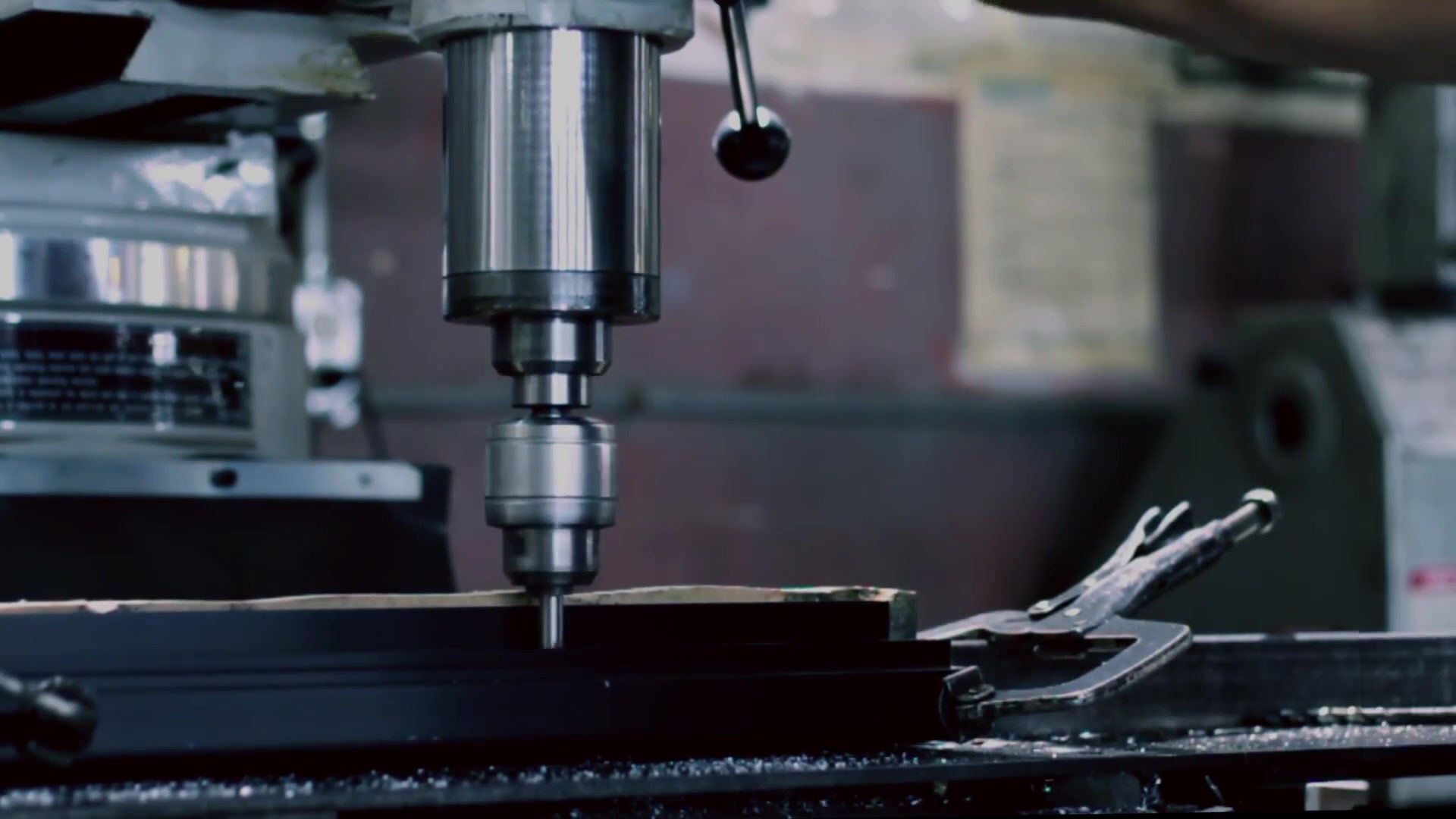


Global Custom Manufacturer, Integrator, Consolidator, Outsourcing Partner for a Wide Variety of Products & Services.
We are your one-stop source for manufacturing, fabrication, engineering, consolidation, integration, outsourcing of custom manufactured and off-shelf products & services. We also private label / white label your products with your brand name if you wish.
Choose your Language
-
Custom Manufacturing of Parts, Components, Assemblies, Finished Products, Machines and Industrial Equipment
-
Domestic & Global Contract Manufacturing
-
Manufacturing Outsourcing
-
Domestic, Global Procurement of Industrial Products
-
Private labeling / White Labeling your Products with your Brand Name
-
Product Finding & Locating Services
-
Global Design and Channel Partnership
-
Engineering Integration
-
Engineering Services
-
Global Consolidation, Warehousing, Logistics
Among the major NON-CONVENTIONAL FABRICATION techniques we offer are Electrochemical Fabrication (also called Electrochemical Machining or ECM), Electrical Discharge Machining or EDM, Water Jet Cutting, Abrasive Water Jet Cutting (WJ, AWJ), Laser Beam Machining (LBM), Electron Beam Machining (EBM), Ultrasonic Machining (USM), Plasma Machining, Photochemical Machining (abbreviated as PCM or also called Chemical Etching, Metal Etching, Chemical Milling, Chemical Machining), Soldering, Brazing, Welding, Specialty Bonding and Pickling. Sometimes, it is easier and more economical to get the work done by some chemicals, pressurized water jet or even light rather than using traditional techniques such as machining and stamping. On the submenu pages, you can find a summary of each of these alternative non-conventional fabrication techniques we are offering you. Non-conventional fabrication is also referred to as non-traditional fabrication.
What distinguishes convention and non-conventional fabrication techniques ? – Generally speaking, conventional fabrication involves changing the shape of a work piece using an implement made of a harder material. Machining hard materials using conventional methods may require significant time and energy and result in high costs. In addition, conventional machining may lead to excessive tool wear and loss of quality in the product owing to induced residual stresses during manufacture. Therefore, especially for hard alloys, non-conventional fabrication techniques may be better alternatives. Whereas conventional fabrication processes generally use mechanical energy (motion), non-conventional fabrication processes utilize other forms of energy. Main forms of energy non-conventional fabrication processes use are: Thermal, Chemical and Electrical Energy. There can be a large number of advantages of non-conventional fabrication techniques over conventional methods. Just to name a few, non-conventional fabrication may involve quieter operation and no sound pollution, such as is the case with Chemical Machining. In non-conventional fabrication, material removal may occur with or without chip formation. For example, in Electrochemical Machining, material removal occurs due to electrochemical dissolution at atomic levels. Non-conventional fabrication may involve lower waste of material due to low or no wear as compared to conventional fabrication. On the other hand, non-conventional fabrication methods do have some disadvantages such as higher capital costs and the need for skilled operators. Also, non-conventional fabrication methods are not suitable for every type of material economically. Here is a downloadable guide comparing conventional and non-conventional fabrication methods:
- A Brief Comparison of Conventional and Non-Conventional Fabrication Methods
Since we are the World’s most diverse Global Custom Manufacturer, Integrator, Consolidator and Outsourcing Partner; we see it as our duty to determine technically the most suitable and economically the most feasible fabrication technique for your needs. Available techniques involve our non-conventional fabrication methods among others. In order to contract us to manufacture your products, you do not need to be an expert in non-conventional fabrication methods or any other production techniques. We are here to assist and guide you in the right direction. All you need is to contact us and provide as much information as possible about your production needs. We will review your input and determine whether conventional or non-conventional fabrication techniques will be the best fit for your products. We will take into consideration many factors such as lead times, number of parts to be produced, costs, dimensional specifications of your parts and products, material properties and requirements and determine which non-conventional or conventional fabrication technique or techniques will be the best fit. For almost all fabrication techniques, whether it be conventional or non-conventional, we do use CAD/CAM and automated CNC machines as well as manual machines. Sometimes manual machinery is more suitable and practical while for high volume orders automated CNCs are deployed exclusively.
We have prepared a brochure below which you can download as a reference source for frequently used mechanical engineering terms:
- Download brochure for Common Mechanical Engineering Terms used by Designers and Engineers
If you are mostly interested in our engineering and research & development capabilities instead of manufacturing capabilities, then we invite you to visit our engineering website
http://www.ags-engineering.com
(On our engineering website you can find details about our engineering services such as design, product development, consulting…etc.)





















